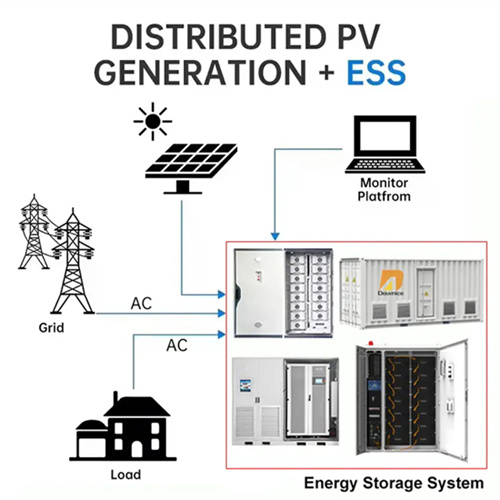About Geothermal energy and solar energy
geothermal energy, a natural resource and form of energy conversion in which heat energy from within Earth is captured and harnessed for cooking, bathing, space heating, electrical power generation, and.
Geothermal energy use can be divided into three categories: direct-use applications, geothermal heat pumps (GHPs), and electric power generation.Britannica.
Probably the most widely used set of applications involves the direct use of heated water from the ground without the need for any specialized equipment. All direct-use.
Geothermal heat pumps (GHPs) take advantage of the relatively stable moderate temperature conditions that occur within the first 300 metres (1,000 feet) of the surface to heat buil.
Depending upon the temperature and the fluid (steam) flow, geothermal energy can be used to generate electricity. Geothermal power plants can produce electricity in three ways.
As the photovoltaic (PV) industry continues to evolve, advancements in Geothermal energy and solar energy have become critical to optimizing the utilization of renewable energy sources. From innovative battery technologies to intelligent energy management systems, these solutions are transforming the way we store and distribute solar-generated electricity.
When you're looking for the latest and most efficient Geothermal energy and solar energy for your PV project, our website offers a comprehensive selection of cutting-edge products designed to meet your specific requirements. Whether you're a renewable energy developer, utility company, or commercial enterprise looking to reduce your carbon footprint, we have the solutions to help you harness the full potential of solar energy.
By interacting with our online customer service, you'll gain a deep understanding of the various Geothermal energy and solar energy featured in our extensive catalog, such as high-efficiency storage batteries and intelligent energy management systems, and how they work together to provide a stable and reliable power supply for your PV projects.
Related Contents
- Difference between geothermal energy and solar energy
- Geothermal energy vs solar energy cost
- Geothermal energy and solar energy
- Wind solar and geothermal energy
- Geothermal solar energy
- Geothermal energy vs solar
- Renewable geothermal energy
- Maryland geothermal renewable energy credits
- Wind solar and geothermal power are called
- Eroi for solar photovoltaic geothermal and wind power
- Is geothermal energy a renewable resource
- Geothermal energy and iceland


